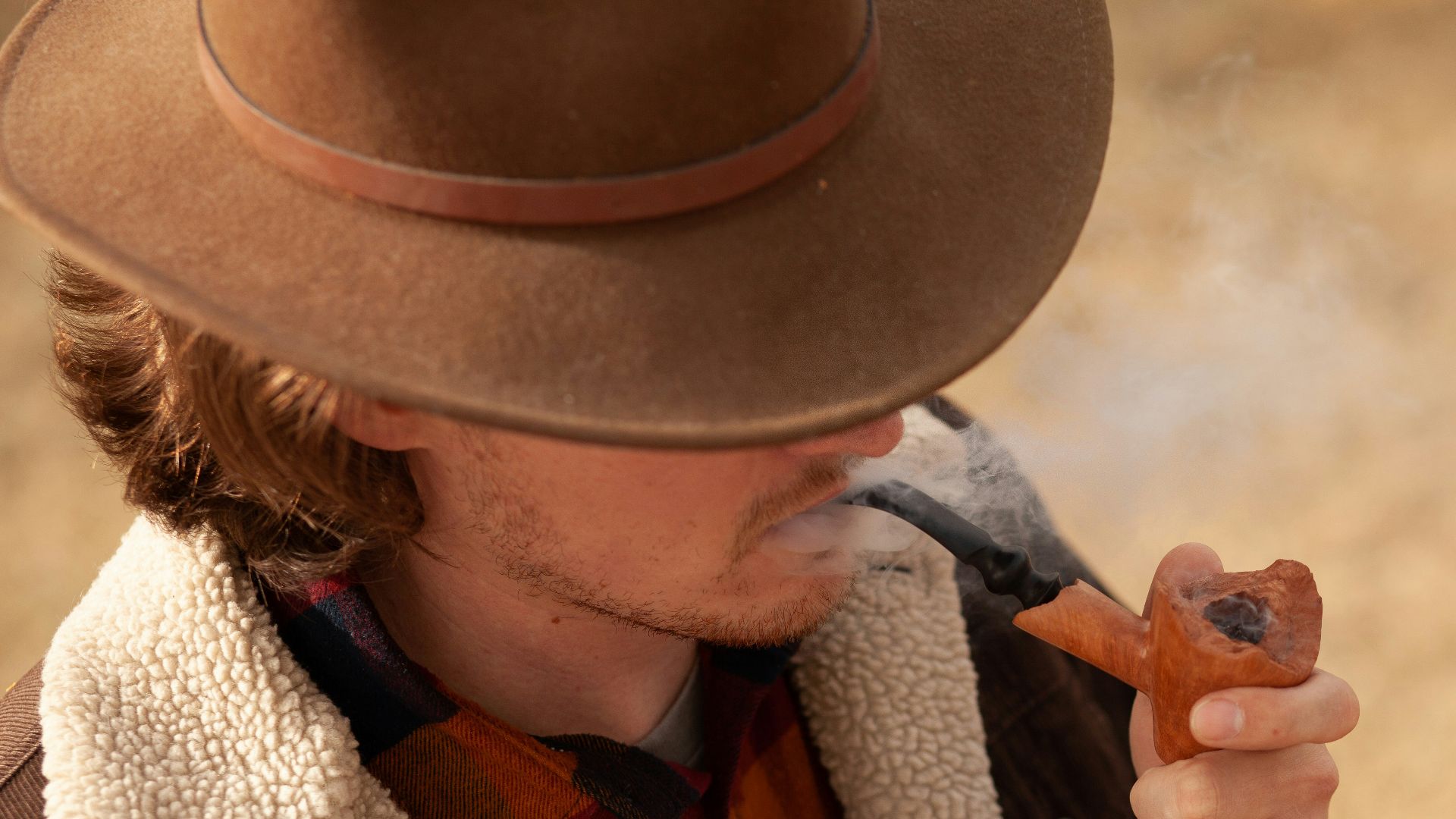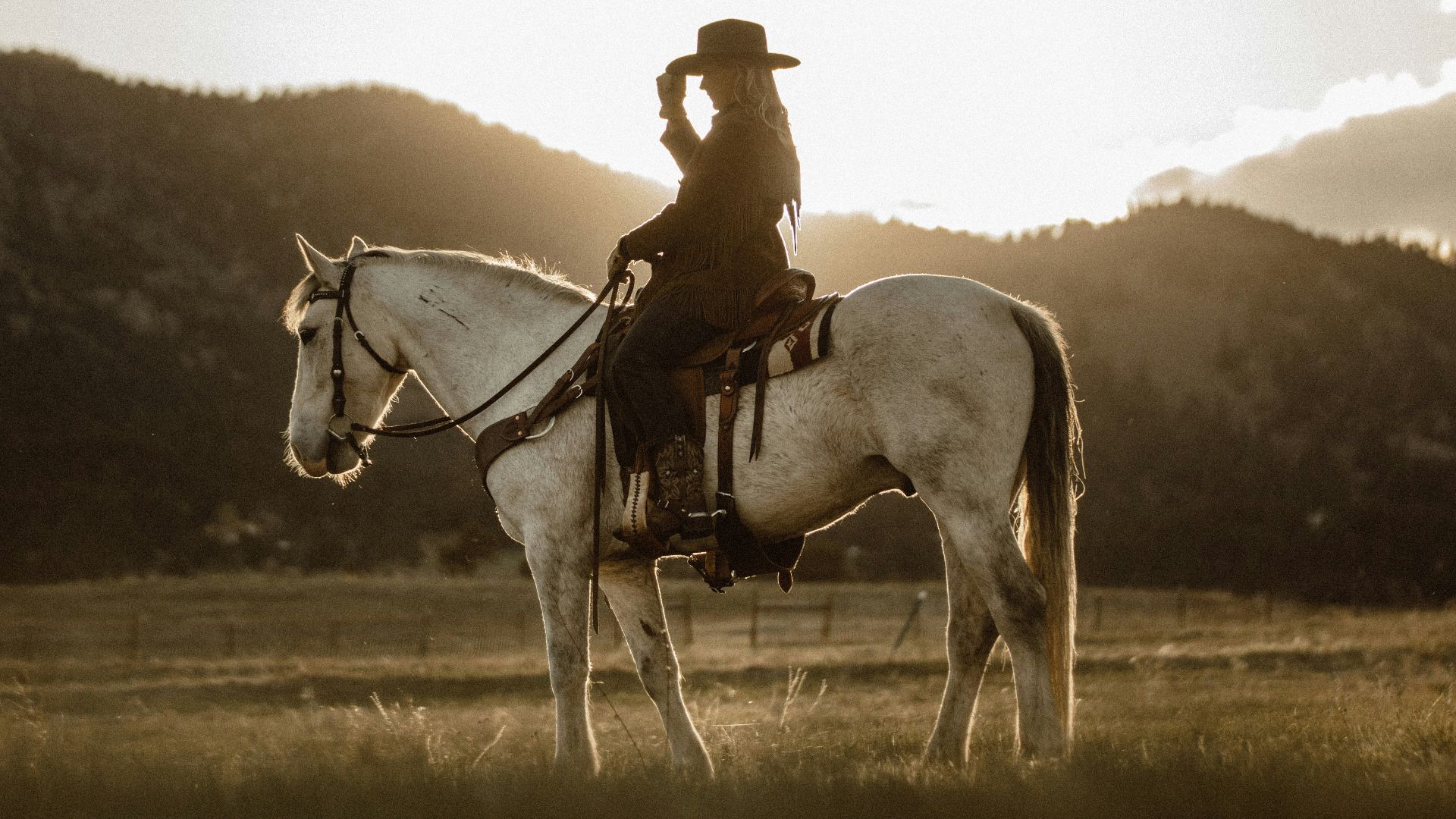The Red Dead games are among the most expensive video games ever developed with the first game costing around $100 million and the sequel close to $500 million! They're also among the most expansive open-world games on the market today. Thanks to the care behind the franchise's development, Red Dead is also one of the most praised and popular series of its time.
An immense amount of work went into both games, with the development of Red Dead Redemption taking more than five years! RDR was actually the sequel to a 2004 game, Red Dead Revolver, which received mixed reviews. However, enough background, let's get into the game itself.
Revisionist Westerns
Red Dead isn't just a western, it's a revisionist western. Revisionist westerns tend to be darker and more complicated than traditional westerns with their them-vs-us mentality. You've probably know a few: Butch Cassidy and the Sundance Kid, A Fistful of Dollars, and Unforgiven are all popular revisionist westerns.
Revisionist westerns seek to take a bit of the shine away from fantasies of the Old West, the type you'd see John Wayne swaggering about in, indiscriminately gunning down nameless Native Americans for the good of his country. Those fantasies are just that: pipe dreams and propaganda. The real Old West was far more brutal and complicated than those movies would have you believe.
The first Red Dead game is set in 1911, in a slightly alternate version of the southern US. The glory days of the Old West were dead and buried. The Western frontier was tamed with the subjection of Native American populations by disease and violence; telephones and trains connect a country that used to be filled with tumbleweeds; although the characters don't know it, they're hurtling towards a war that would change history as we know it.
While Read Dead Redemption may be fun to play, it's difficult to take joy in it. Players know that they were seeing the final days of a dying empire. The cowboy fantasies they likely grew up on are dissolving into fistfuls of sand.
The sequel, Red Dead Redemption 2, takes things back even further to 1899. While the previous game explores the lengths a man will go to protect his family, the sequel shows what happens when a family unit—albeit an unconventional one such as the Van der Linde gang—falls apart. Contrast is the name of the game here.
Complex Issues
The struggle isn't something as black-and-white as noble lawmen again savage natives. Instead, the struggles are between nature and civilization, rich and poor. It's no coincidence that 1899 was the tail end of the Gilded Age; while Vanderbilts and Rockefellers drank champagne in ballrooms, immigrant families starved in tenement slums.
In addition to films, the franchise also takes inspiration from several novels of the American West. Blood Meridian by Cormac McCarthy is an obvious source of inspiration. True Grit by Charles Portis and The Power of the Dog by Thomas Savage—both of which were turned into Oscar-nominated films—deal with similar things of masculinity, revenge, and the cycle of violence.
Another thing RDR2 has in common with other revisionist westerns is its cast of characters. In addition to stripping away the glamor, revisionist westerns also expand the general cast of characters. The Van der Linde gang is consciously diverse, but not in any way that feels shoehorned in.
Sadie is Arthur's equal rather than a love interest; Javier is caught between chasing the American Dream and going home to Mexico; Charles is of mixed Black and Native ancestry and feels disconnected from both. Characters who would otherwise be outcasts in polite society find a place in the Van der Linde gang. Of course, the tragedy of Red Dead is ultimately that the gang is doomed to fall apart.
Contrary to the name, there is no redemption to be found In Red Dead Redemption. Neither is there any glory. There is only the cycle of violence that the characters are plunged back into each time players open the game.










